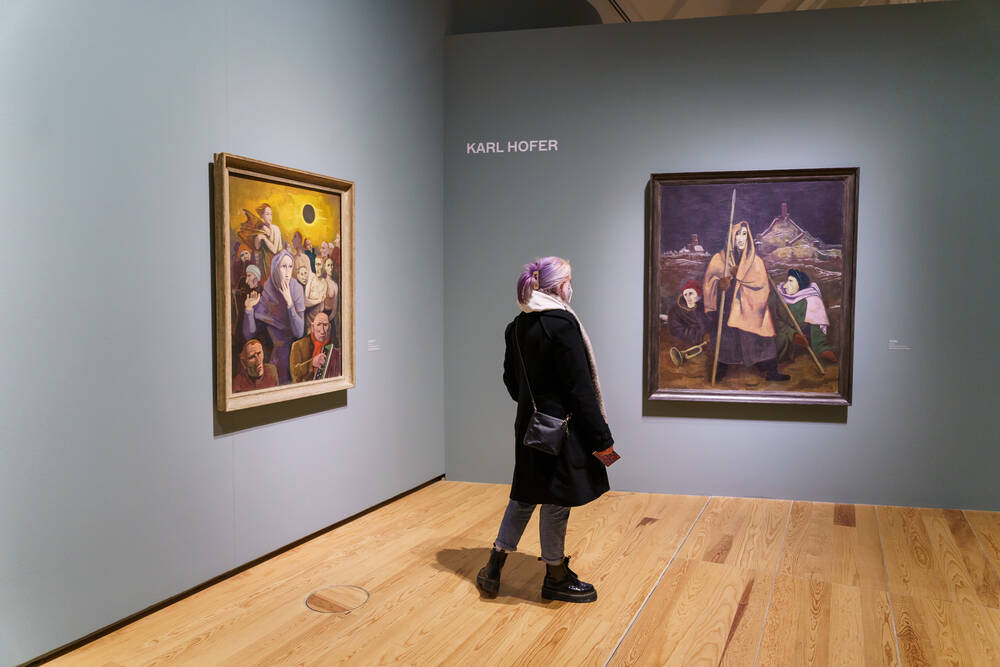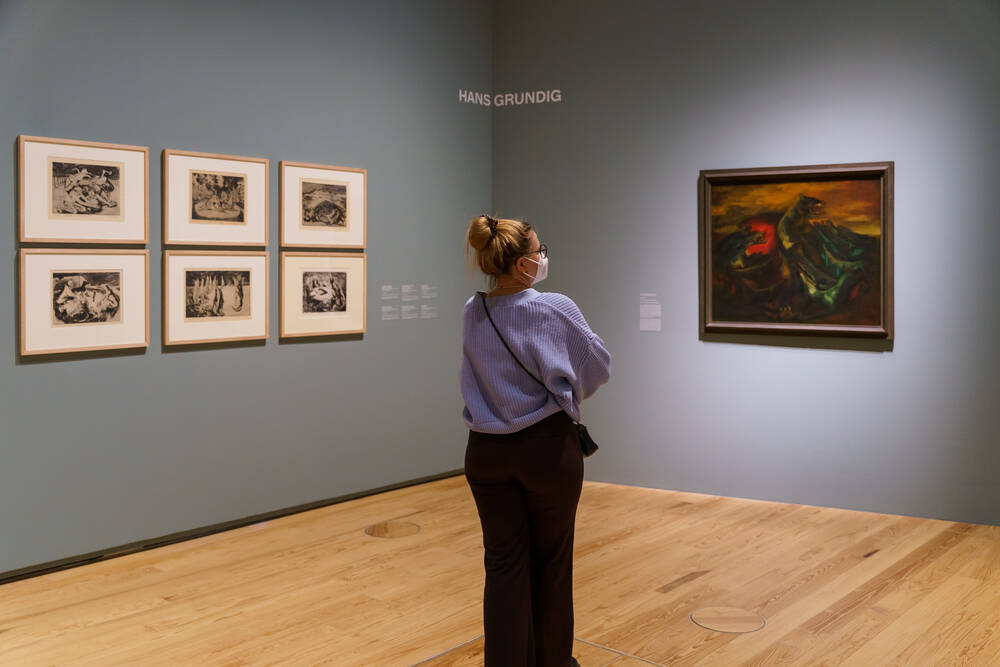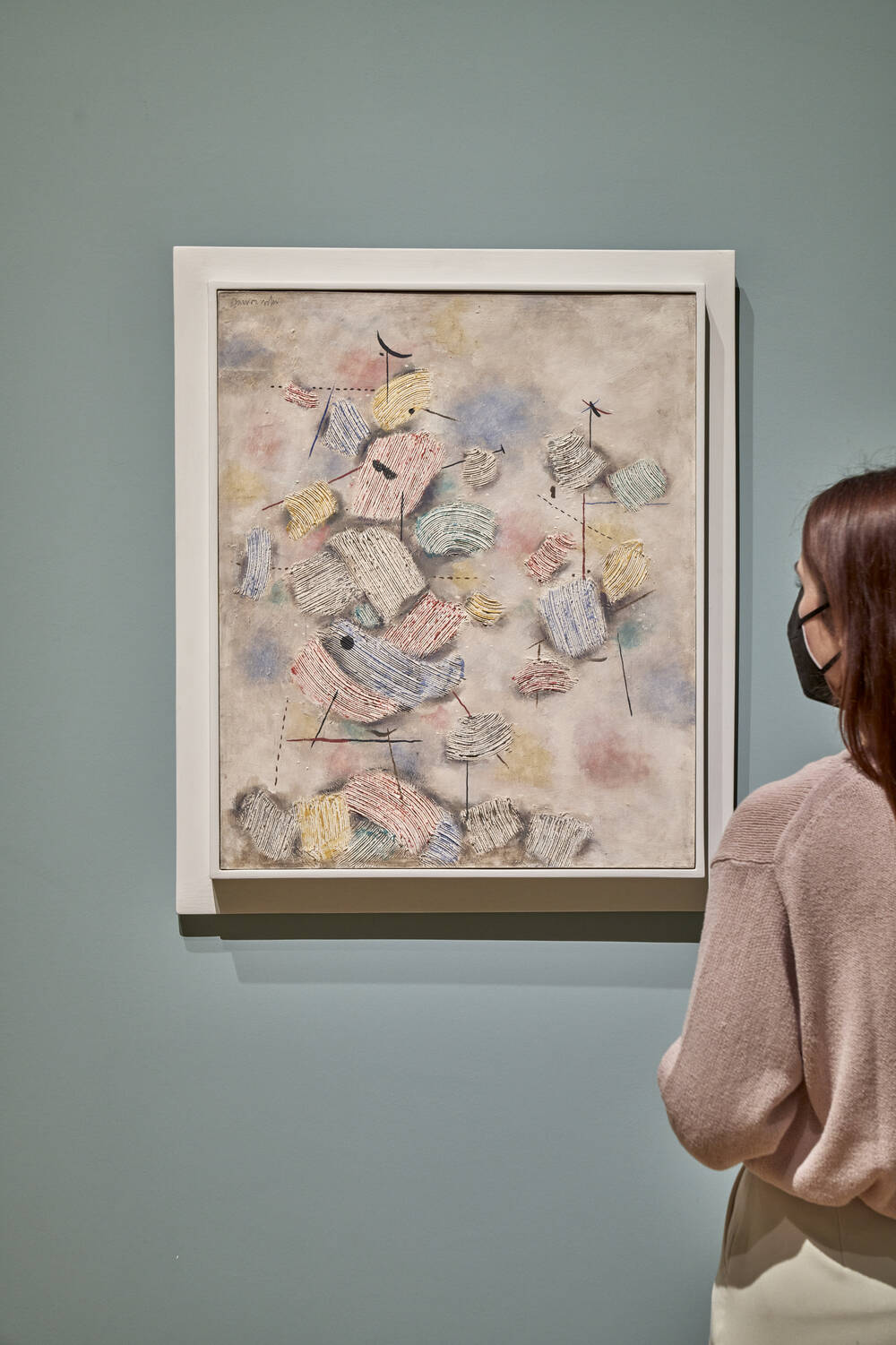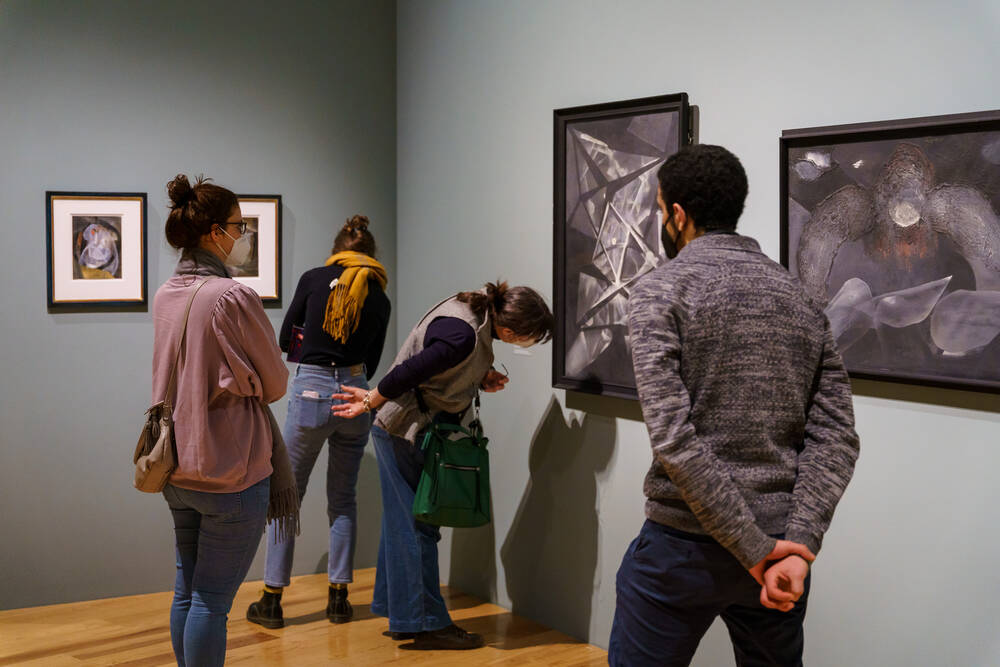With around 140 works, the SCHIRN illuminates the artistic biographies in Germany between 1933 and 1945






ART FOR NO ONE. 1933–1945
4 March – 6 June 2022
Between 1933 and 1945, the National Socialist regime controlled artistic work in Germany. Particularly artists who were persecuted based on their religion, descent, or political views fled into exile due to threats from the government. But what happened to the artists who remained in the country?
In the large overview exhibition ART FOR NO ONE. 1933–1945, the SCHIRN is showing the different strategies and scopes of action employed by artists who did not seek or find any affiliation with the National Socialist regime. Based on 14 selected biographies, the exhibition shows that the artistic work of this time was determined by more than just apathy, standstill, and hopelessness. Focusing more intently on one’s own oeuvre, engaging in creative work despite the scarcity of materials, exploring existential themes, and adapting content were just some of the reactions to National Socialist art policy. The exhibition defines no uniform stylistic development. With individual case studies and about 140 paintings, sculptures, drawings, and photographs, it sheds light on the diversity of art that existed outside of the official regime art, but remained without any audience. The artists represented are Willi Baumeister, Otto Dix, Hans Grundig, Lea Grundig, Werner Heldt, Hannah Höch, Marta Hoepffner, Karl Hofer, Edmund Kesting, Jeanne Mammen, Ernst Wilhelm Nay, Franz Radziwill, Hans Uhlmann, and Fritz Winter.
-
SUPPORTED BY
the Kulturfonds Frankfurt RheinMain
WITH ADDITIONAL SUPPORT BY
Georg und Franziska Speyer‘sche Hochschulstiftung